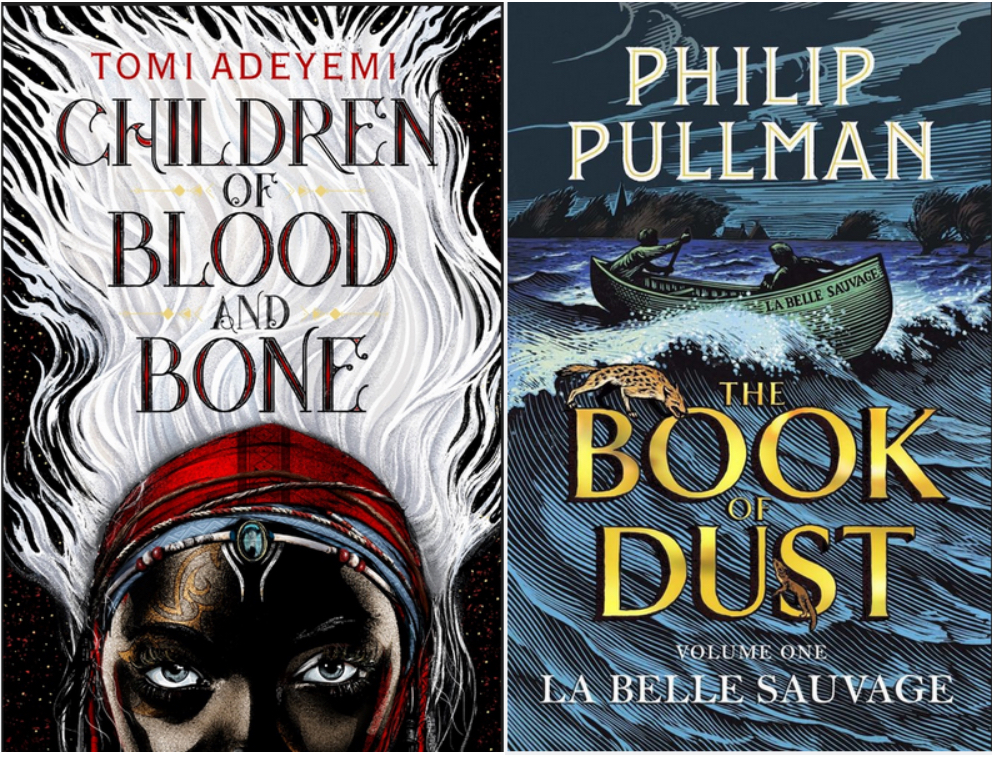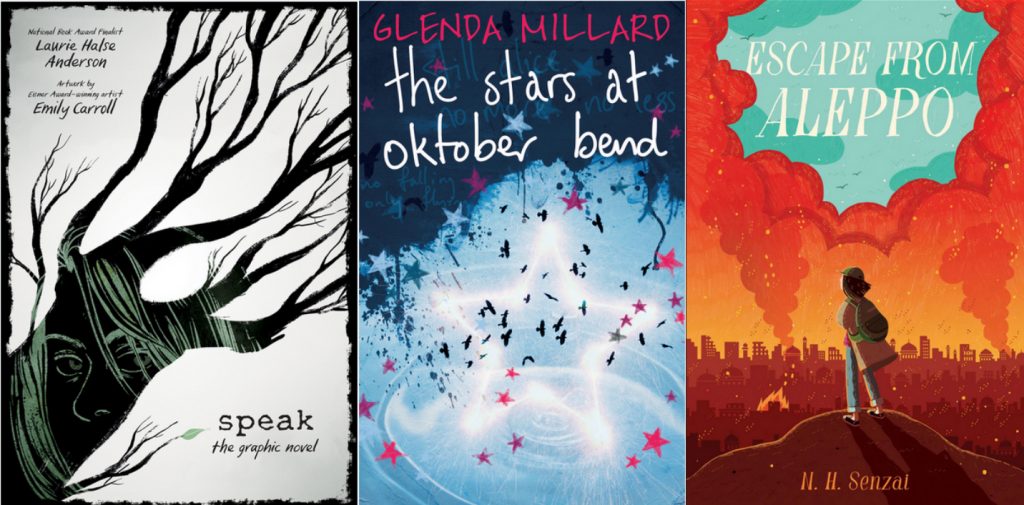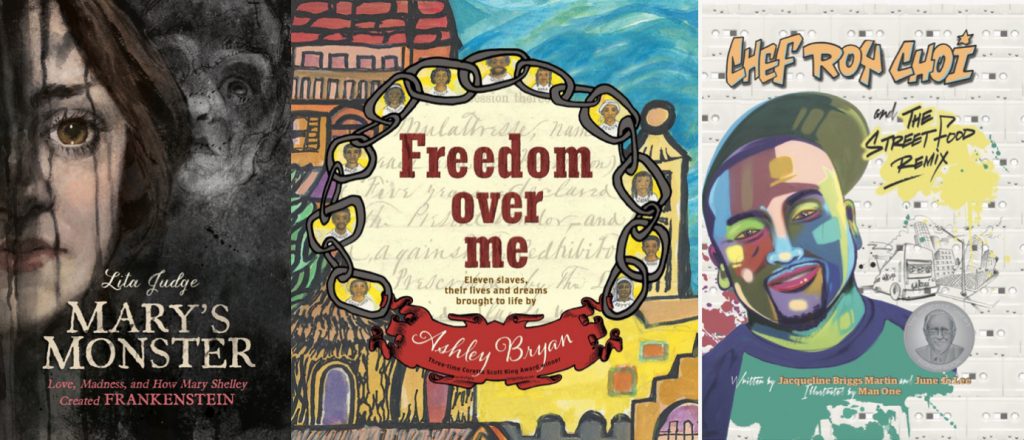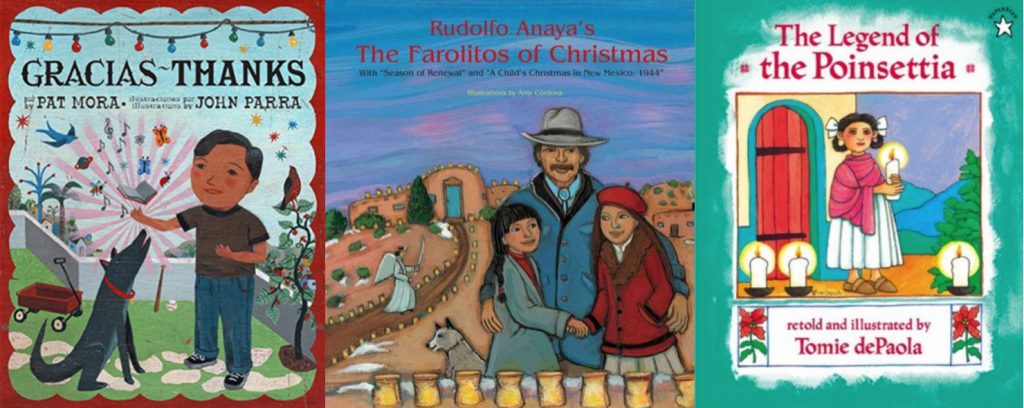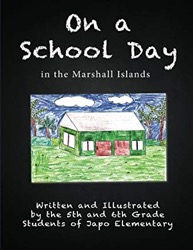By Holly Johnson, University of Cincinnati
The last two books to round out 2018 will also take us into 2019 since both are the first books of a series. And the best (or worst, depending on how you think about this) is they are fantastic adventures… that you will need to wait (impatiently if you are like me) for their second titles! Yet, while I call them fantastic, and they are, I really resisted reading both of these books because they are the first two in a series in which their companions are not available. When it comes to story, I am hard-pressed to delay gratification! The two books of which I speak are The Book of Dust (2017) by Philip Pullman and Children of Blood and Bone (2108) by Tomi Adeyemi.


